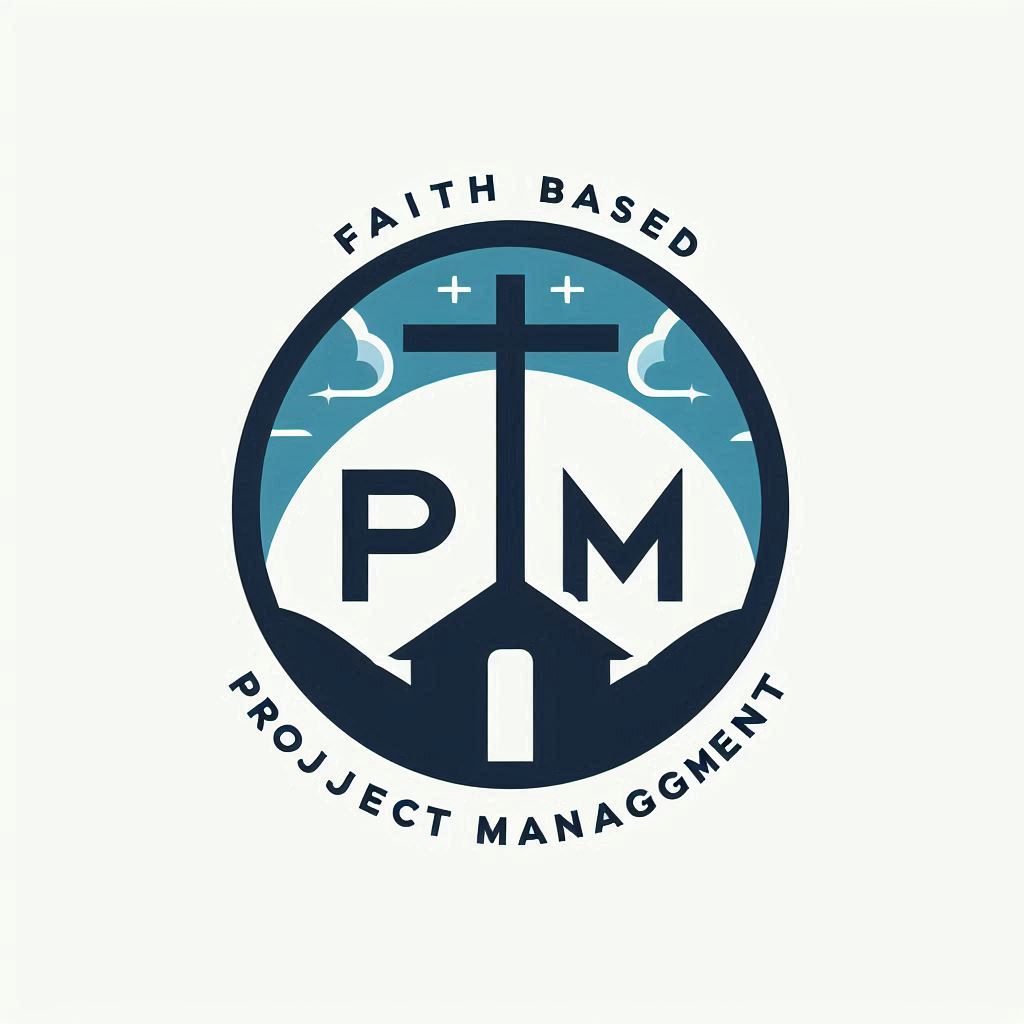Practical Strategies For Ethical Decision Making
Ethical dilemmas pop up in all sorts of places, and it’s different for everyone. At its core, an ethical dilemma is when you’re stuck between two or more conflicting moral principles. In a company, this might look like trying to balance the need to turn a profit with fair and equitable treatment of employees.
All sorts of industries face these challenges. Think about tech companies dealing with data privacy or healthcare providers managing patient confidentiality. The stakes are high, and poor decisions can lead to significant fallout.
The workplace is often where these moral puzzles play out. Making ethical decisions here isn’t just a nice-to-have; it’s essential for long-term success. A company with a solid ethical backbone tends to foster more trust, not only internally among employees but also with customers and stakeholders.
The thing is, ethics aren’t just written rules. They’re tied up with the values that both individuals and companies hold dear. An organization’s culture can shape how ethics are practiced day-to-day. What this means is, while a company might have a code of ethics, the real action is where culture and values meet the practicalities of work life.
Frameworks for Ethical Decision-Making: A Path to Clarity
Making ethical decisions can feel like tackling a complex puzzle, but that’s where decision-making models come into play. These frameworks offer a clear, structured approach to analyzing ethical issues, making the process less daunting.
Let’s start with some well-known models. The Utilitarian approach focuses on outcomes, aiming for the greatest good for the greatest number. Rights-Based models consider the individual rights involved, ensuring that personal freedoms are respected. Justice models center on fairness, aiming to treat everyone equitably. Lastly, the Virtue model emphasizes the importance of character, asking what a virtuous individual would do in the given situation.
To use these models effectively, it helps to follow a step-by-step method. Begin by identifying the ethical components of the scenario. Gather all relevant facts and stakeholders’ perspectives, then examine options through the lens of one or more models. These steps not only clarify the options but also reveal potential ethical blind spots.
Applying these frameworks can be enlightening. Take a company considering a major layoff. While a Utilitarian approach might justify layoffs as beneficial for the company’s survival, a Rights-Based perspective might focus on the impacted individuals’ rights, potentially leading to alternatives like retraining or reassignment.
Case studies provide powerful examples of these frameworks in action. By analyzing past instances where these models were successfully applied, organizations and individuals can gain insights into effective ethical problem-solving. This practical application helps not only in anticipating outcomes but also in building a robust ethical culture within any organization.
Essential Tools and Practices for Ethical Navigation
Navigating ethical challenges requires more than just theory; practical tools and approaches are key. Implementing a well-defined Code of Conduct is a start. This document outlines the behaviors that are expected and discouraged, providing a clear roadmap for everyone involved. When questions arise, this code acts as a go-to reference, lending consistency and clarity to decision-making processes.
Beyond documents, creating Ethics Committees or Review Boards acts as a tangible support system for ethical oversight. These groups can review and advise on complex issues, ensuring a collective perspective and preventing unilateral decisions that might overlook crucial elements.
Engaging stakeholders is another practical move. By involving diverse voices, you ensure decisions reflect a broader understanding. This consultative approach doesn’t just tick ethical boxes; it enriches decision-making with varied insights and builds stronger community ties. It’s about listening before leaping.
Creating a culture where concerns can be raised without fear is vital. Whistleblower protection policies are essential here. They allow employees to report unethical behavior safely. When people feel secure enough to speak up, organizations are better equipped to address issues swiftly and maintain integrity.
Training and education also play a role in fostering an environment ripe for ethical behavior. Regular workshops and seminars can elevate awareness, equip individuals with the necessary skills to handle ethical dilemmas, and even inspire future leaders with a strong ethical compass. This ongoing commitment to ethical education ensures everyone is on the same page, ready to tackle whatever ethical challenges come their way.
